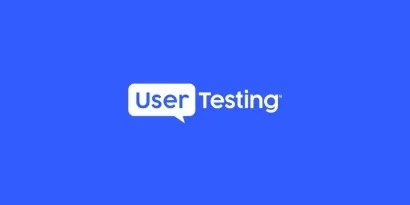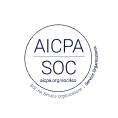
Episode 159 | February 24, 2025
LinkedIn marketing strategies (organic + paid) that work
Learn how to maximize LinkedIn marketing with organic + paid strategies, short-form video, and thought leadership to boost engagement and ROAS. 🚀
How to win at LinkedIn marketing in 2025: strategies for cutting through the noise
Did you know that people scroll through 300 feet of content every day—the height of the Statue of Liberty—on their devices? With 1.5 million pieces of content engaged with every minute on LinkedIn, how can your brand stand out?
That’s exactly what Purna Virji, Principal Consultant and Global Program Manager at LinkedIn and author of High Impact Content Marketing, shared on a recent episode of the Insights Unlocked podcast. She joined host Nathan Isaacs to discuss how brands can maximize their LinkedIn marketing efforts, optimize content strategy, and drive a stronger return on ad spend (ROAS).
Here’s what you need to know to build a LinkedIn strategy that cuts through the noise and drives real results.
Why consistency is the key to LinkedIn success
One of the biggest mistakes brands make on LinkedIn? Only showing up when they have a big campaign.
“A big mistake we see lots of folks doing is like, ‘Oh, we’ve got this big important launch happening, so let’s just throw a little paid campaign behind it, and then we’ll disappear until we have something else,’” Purna said.
But LinkedIn rewards consistency, she said. When brands post regularly—both organically and with paid promotions—they stay top of mind for their audience.
"Paid plants new seeds, and organic tends the field. You need both." — Purna Virji
On-Demand Webinar
Tactical (and practical) tips to get fast feedback for better marketing
The three-step formula for marketing success
Purna outlined a simple three-step framework for brands looking to grow on LinkedIn:
- Get noticed – Ensure people know your brand exists.
- Build connections – Create content that makes people like and relate to you.
- Earn trust – Show up consistently with value-driven content.
“Rome wasn’t built in a day. Neither is trust,” Purna explained. “It takes showing up consistently.”
Why organic and paid LinkedIn strategies work better together
Should you focus on organic content or paid LinkedIn ads? The answer is: both.
LinkedIn research shows that users exposed to both organic and paid content are 61% more likely to convert than those who only see paid ads.
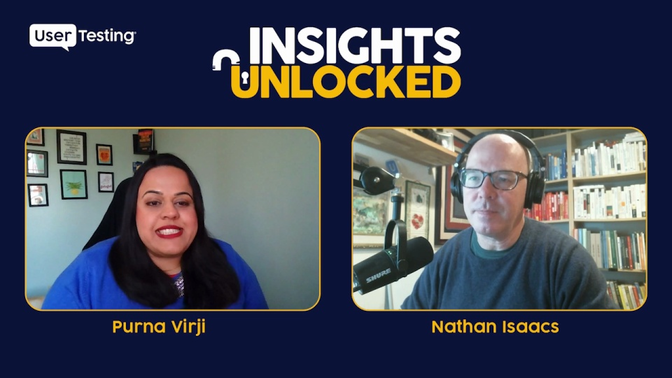
“If you were doing only organic, you’re nurturing a very small audience,” Purna said. “If you’re only doing paid, you’re just planting seeds. The key is to do both.”
How an integrated approach improves ROAS
Brands can test their content organically and see what is resonating with their audiences before putting ad dollars behind it, Purna said. This strategy helps brands stretch their budgets further and drive a higher return on ad spend (ROAS). Instead of guessing what works, they can use organic engagement as a signal to determine which content deserves a paid boost.
Return on Ad Spend (ROAS) is a key marketing metric that measures the revenue generated for every dollar spent on advertising. It helps businesses determine the effectiveness of their ad campaigns and optimize their marketing budgets.
For example, if you spend $1,000 on ads and generate $5,000 in revenue, your ROAS would be 5:1 (or 500%).
Why ROAS Matters:
✅ Measures campaign profitability 📊
✅ Helps optimize ad spend 💰
✅ Guides budget allocation for better results 🎯
A higher ROAS means your ads are performing well, while a low ROAS signals the need for optimization. Brands can improve ROAS by testing organic content with their friends and followers on a channel before boosting, refining targeting, and using high-converting ad creatives.
Brands that do both, organic and paid, it reduces cost for conversion by 12% and lifts overall conversion rates by 14% compared to paid only, Purna said.
"Organic doesn't cost you any money," Purna said. "But if you add it, it makes your existing budget work harder. I know there's a lot of us out there who've had budget cuts, we're getting increased pressure to show the value of every single dollar, like we have to be testing all the time."
How to turn your LinkedIn page into a content testing lab
Many companies see their LinkedIn page as just a place to post updates—but Purna says it’s much more than that.
“Your LinkedIn page should be an authentic extension of your brand, still in service of your audience,” she explained.
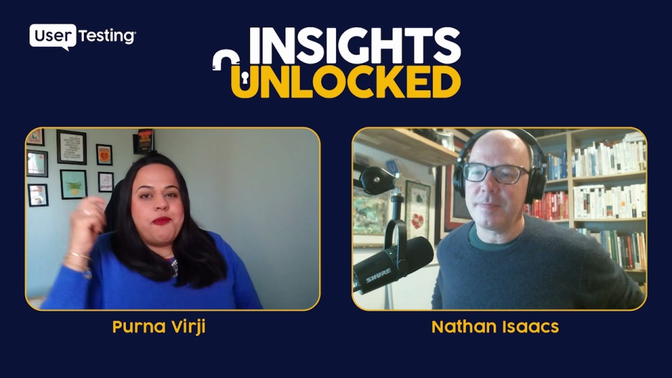
Ways to experiment with organic content before boosting
Brands can use their LinkedIn page as a dynamic testing ground to:
- Try different post formats (text, carousel, video, etc.)
- See which headlines, visuals, and CTAs generate the most engagement
- Test new messaging on a warm audience before putting ad spend behind it
- Identify which topics resonate most with followers
This approach ensures marketing budgets are spent wisely—on content that already proves it works.
The rise of short-form video on LinkedIn
Short-form video is exploding on LinkedIn, and brands that embrace it are seeing impressive engagement.
“We’ve seen a 34% lift year over year in video uploads on LinkedIn,” said Virji. “It does receive such incredible levels of consumption, of viewership, of engagement. People follow people before they follow brands and video allows people to see you as a person to get to know you, to get to like you, to get to trust you.”
Why video is a must-have for LinkedIn marketing
"What we're seeing in our latest LinkedIn 2025 trends report was that short form vertical video is really where it's at," Purna said.
Video helps brands:
✔️ Build trust faster by putting a human face to the message
✔️ Capture attention in a scroll-heavy environment
✔️ Stand out in the feed compared to static posts
✔️ Improve engagement rates, as video consistently outperforms other formats
For those hesitant to try video, Purna suggests starting small. “I post a simple two-minute video every Tuesday called Purna’s Pro Tip, and it gets great engagement. It doesn’t have to be overproduced—just valuable.”
Leveraging thought leadership to drive credibility and reach
As Purna says, people follow people before they follow brands and brands may consider testing LinkedIn's new Thought Leader Ads now allow you to boost employees’ organic posts, giving them a wider reach. You could also boost a customer or other influencer's organic content.
"Your content isn’t for you—it’s for your audience." — Purna Virji
Encouraging employees to engage on LinkedIn
To get employees involved in sharing content authentically, Purna recommends:
- Leading by example—encourage leaders to post and engage
- Sharing pre-written snippets or key takeaways for employees to post
- Making it easy—provide suggested posts but encourage personalization
- Recognizing and celebrating employees who actively engage
“When employees share content, it reaches a whole broader, wider audience than just your company page,” she said.
How to know when an organic post is worth boosting
Not all organic posts deserve paid promotion. Purna suggests looking for these signs before boosting:
✔️ High engagement – Posts with strong likes, comments, and shares show audience interest.
✔️ Target audience interaction – If key prospects or industry leaders engage, it’s a good sign.
✔️ Alignment with business goals – Does the post support a product launch, event, or priority initiative?
By boosting proven content, brands can maximize their ROAS and ensure their budget is spent on ads that work.
LinkedIn success is about consistency and experimentation
Whether you’re growing your brand, launching a campaign, or increasing engagement, LinkedIn marketing is all about showing up consistently and delivering value.
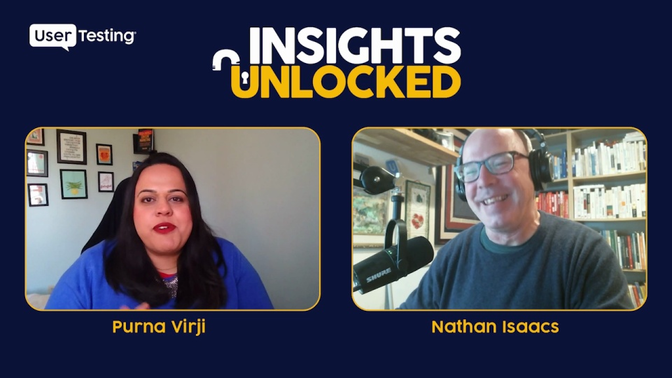
Purna encourages brands and marketers to embrace experimentation and avoid overthinking their content.
"No one will remember a post you made a day ago," Purna said. "So don’t be afraid to try new things. The key is to just start and be consistent."
Episode links:
- Purna Virji on LinkedIn
- Purna's book, High-Impact Content Marketing
- Purna at the B2Believe 2022 presentation
- Surreal cereal on LinkedIn (please, please, please check out some of their recent posts)
- Content testing & measurement: how to evaluate & what to use: This article delves into methods for testing and measuring content effectiveness, aligning with the discussion on content strategy.
- 78 marketing questions to ask (and how to test them): This resource provides a comprehensive list of marketing questions and testing methods, relevant to optimizing LinkedIn marketing strategies.
- Segmentation, targeting, and positioning: This article discusses strategies for effective market segmentation and targeting, which are crucial for maximizing return on ad spend (ROAS).
- 3 reasons why marketers should gather customer feedback: This post emphasizes the importance of customer feedback in refining marketing strategies, resonating with themes of building trust and engagement on LinkedIn.
- Relevance is the marketer’s new secret weapon: This article explores how relevance in marketing content can enhance customer engagement, aligning with the discussion on content strategy and effective LinkedIn marketing.



